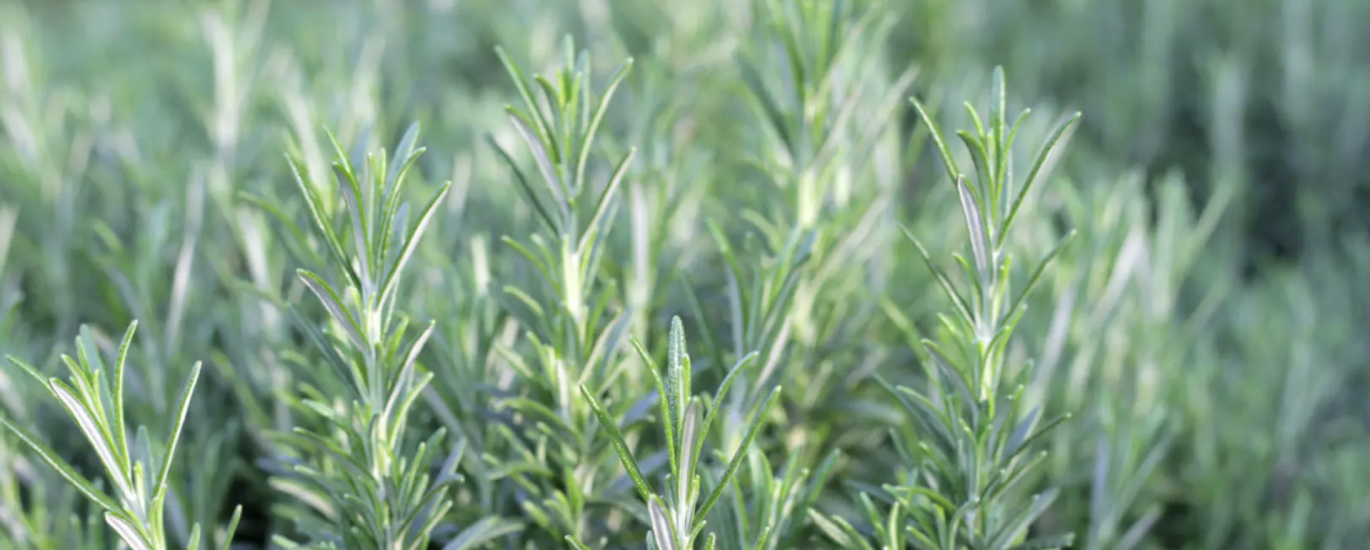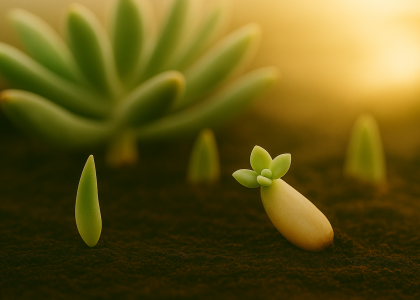With its silvery-green needles and invigorating scent, rosemary is more than just an herb—it's a timeless symbol of remembrance, resilience, and rustic charm. Whether you’re cultivating a kitchen garden, seeking a natural pest repellent, or adding a touch of Mediterranean flair to your home, rosemary is your steadfast companion through seasons of growth and flavor.
Quick Facts: Rosemary at a Glance
| Botanical Name | Salvia rosmarinus (formerly Rosmarinus officinalis) |
| Common Names | Rosemary, Dew of the Sea |
| Plant Type | Woody perennial shrub |
| Height | 2-4 feet (60-120 cm); up to 6 feet (180 cm) when mature |
| Sunlight | Full sun (6-8 hours/day) |
| Watering | Drought-tolerant once established; water sparingly |
| Soil | Well-draining, sandy or loamy, low in nutrients |
| USDA Zones | 7-10 (some hardy cultivars to zone 6) |
| Flowering | Late spring to early summer (blue, purple, or white flowers) |
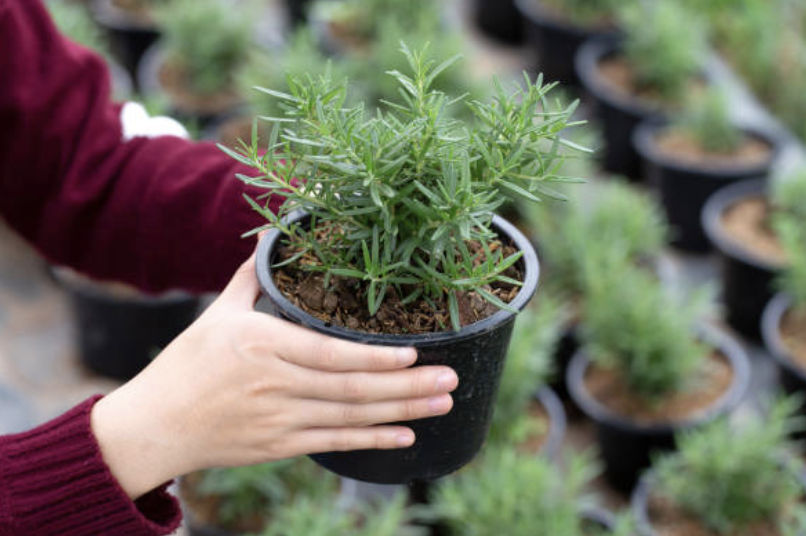
Why Rosemary Deserves a Spot in Every Garden
1. The Memory Herb (Backed by Science and Shakespeare)
"There’s rosemary, that’s for remembrance."
Shakespeare wasn't wrong. Research supports that rosemary’s camphor-rich essential oils can enhance memory, focus, and cognitive performance.
A 2012 study published in Therapeutic Advances in Psychopharmacology found that participants exposed to rosemary scent had significantly improved memory compared to controls.【¹】
Gardener’s Tip:
Plant rosemary near doorways, windows, or garden paths—places where brushing against its leaves releases the uplifting aroma, sparking moments of clarity and calm.
2. Natural Pest Repellent & Companion Plant
Rosemary’s strong scent doesn’t just stimulate your brain—it repels garden pests like cabbage moths, carrot flies, and mosquitoes. It’s a natural bodyguard for neighboring plants, particularly brassicas and carrots.
Common Problem:
Urban gardeners struggle with chemical-free pest management.
Solution:
Use rosemary borders or place potted rosemary near vulnerable crops. It acts as a sustainable pest deterrent, reducing the need for sprays.
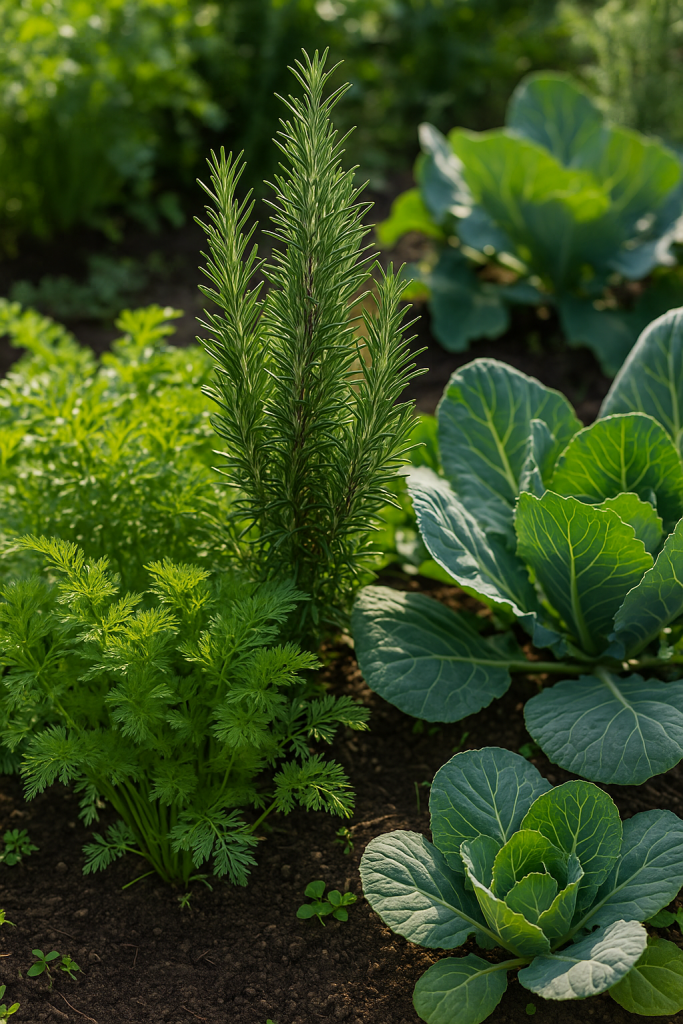
3. Drought Warrior: Thrives on Neglect
Where other herbs wilt, rosemary thrives in tough conditions—rocky soils, hot sun, dry spells. It’s a resilient companion for low-maintenance gardeners.
Try This:
Design a Mediterranean-themed herb bed with rosemary, lavender, and thyme—perfect for xeriscaping (low-water landscaping).
Troubleshooting Rosemary: Common Issues Solved
| Problem | Cause | Solution |
| Root rot | Overwatering, poor drainage | Use sandy, well-draining soil; water sparingly |
| Leggy growth | Insufficient sunlight | Ensure at least 6-8 hours of full sun |
| Yellowing leaves | Overwatering or nutrient buildup | Reduce watering; avoid fertilizers high in nitrogen |
| Pests (spider mites) | Dry air, indoor conditions | Mist lightly or move outdoors for airflow |
Step-by-Step: Growing Rosemary Like a Pro (Indoors & Out)
- Start from Cuttings or Nursery Plants:
- Cuttings root in 3-4 weeks in water or sandy soil.
- Nursery plants establish quickly and are ideal for beginners.
- Sun, Soil, and Drainage:
- Full sun is essential.
- Use sandy, well-draining soil—avoid heavy clay or rich compost.
- Watering Wisdom:
- Let the top inch of soil dry before watering. Rosemary prefers to be on the dry side.
- Prune Regularly:
- Light pruning encourages bushy growth and prevents woody stems.
- Harvest year-round, but avoid cutting more than one-third at a time.
- Winter Care:
- In colder zones (6 and below), bring rosemary indoors during winter or grow hardy varieties like ‘Arp’ or ‘Hill Hardy’.
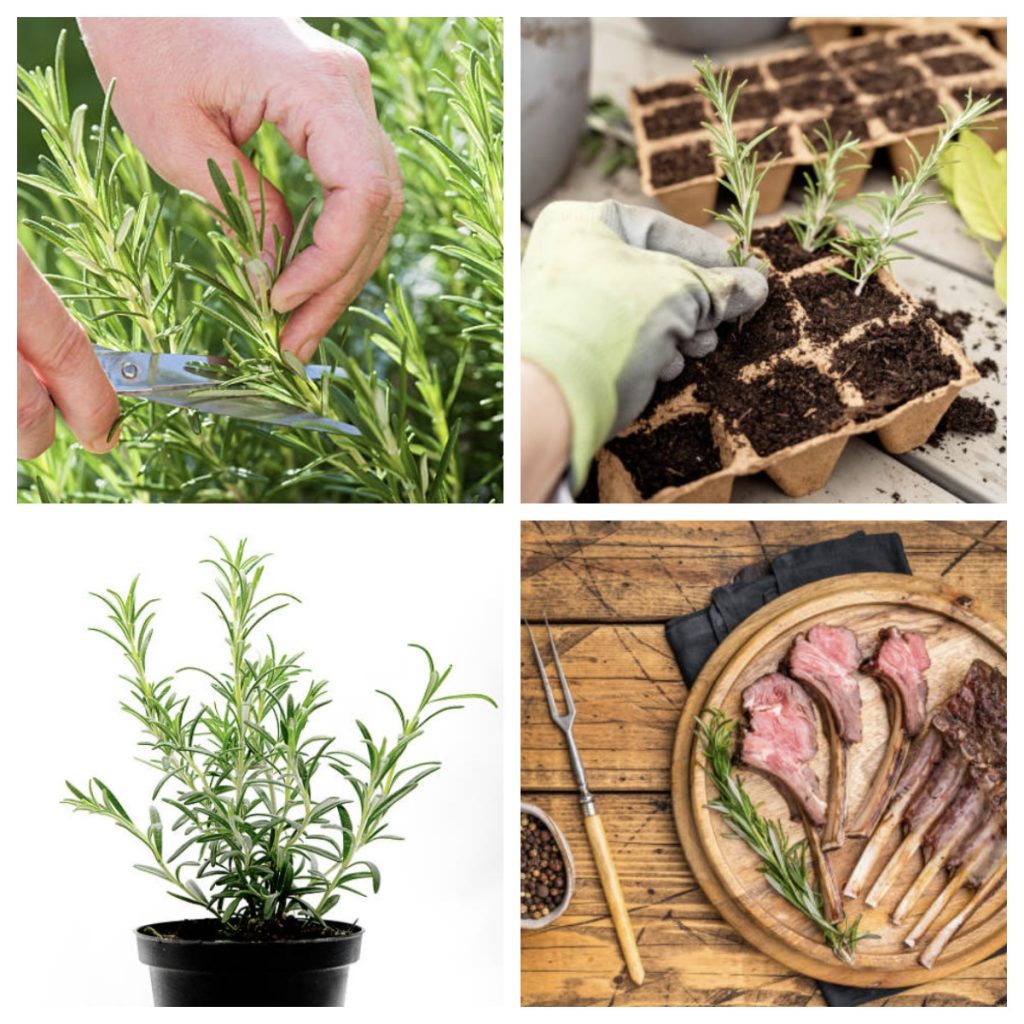
Creative Ways to Use Rosemary Beyond Cooking
- Herbal Smudge Sticks: Dry rosemary sprigs and combine with lavender for a natural cleansing bundle.
- Memory-Boosting Aromatherapy: Add a few sprigs to your shower or bath, releasing invigorating steam.
- DIY Pest Spray: Simmer rosemary with water and a touch of vinegar for a chemical-free insect repellent.

Fun Facts to Share (and Save!)
- Rosemary was burned in ancient Greek temples as a purifying incense.
- The name “Rosmarinus” means “dew of the sea”—rosemary thrives in coastal regions.
- Bees love rosemary’s nectar, making it a pollinator-friendly powerhouse.
Let’s Grow Together!
Have you tried growing rosemary indoors or used it in unexpected ways?
Share your rosemary garden hacks or favorite uses with us
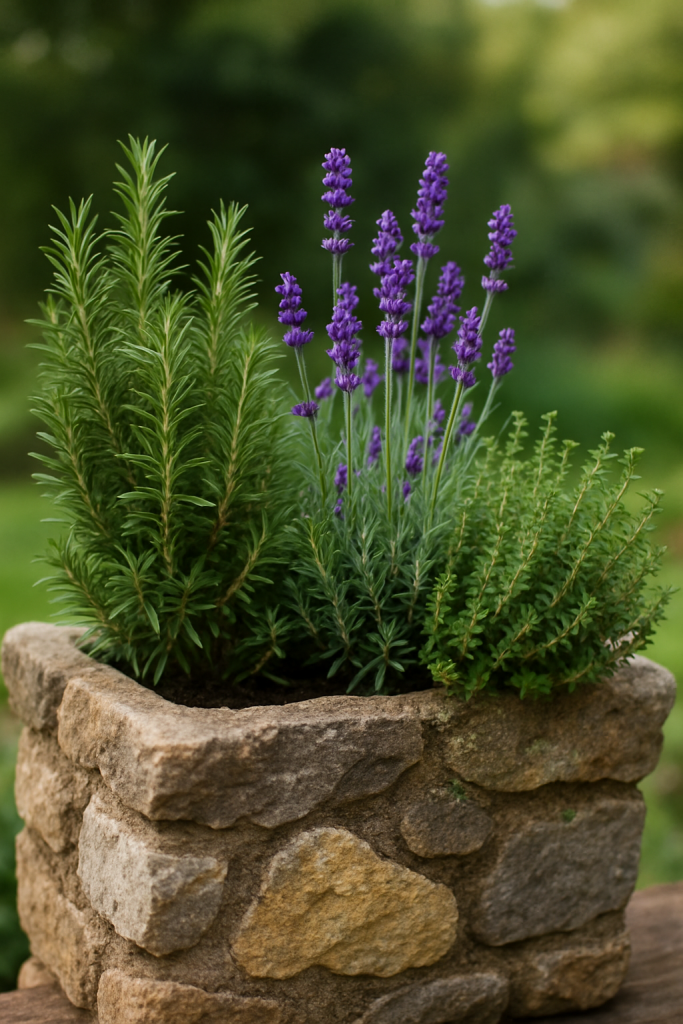
SEO Meta Description:
Learn how to grow rosemary like a pro while unlocking its benefits for memory, pest control, and drought resilience. A complete rosemary care guide for every gardener!

